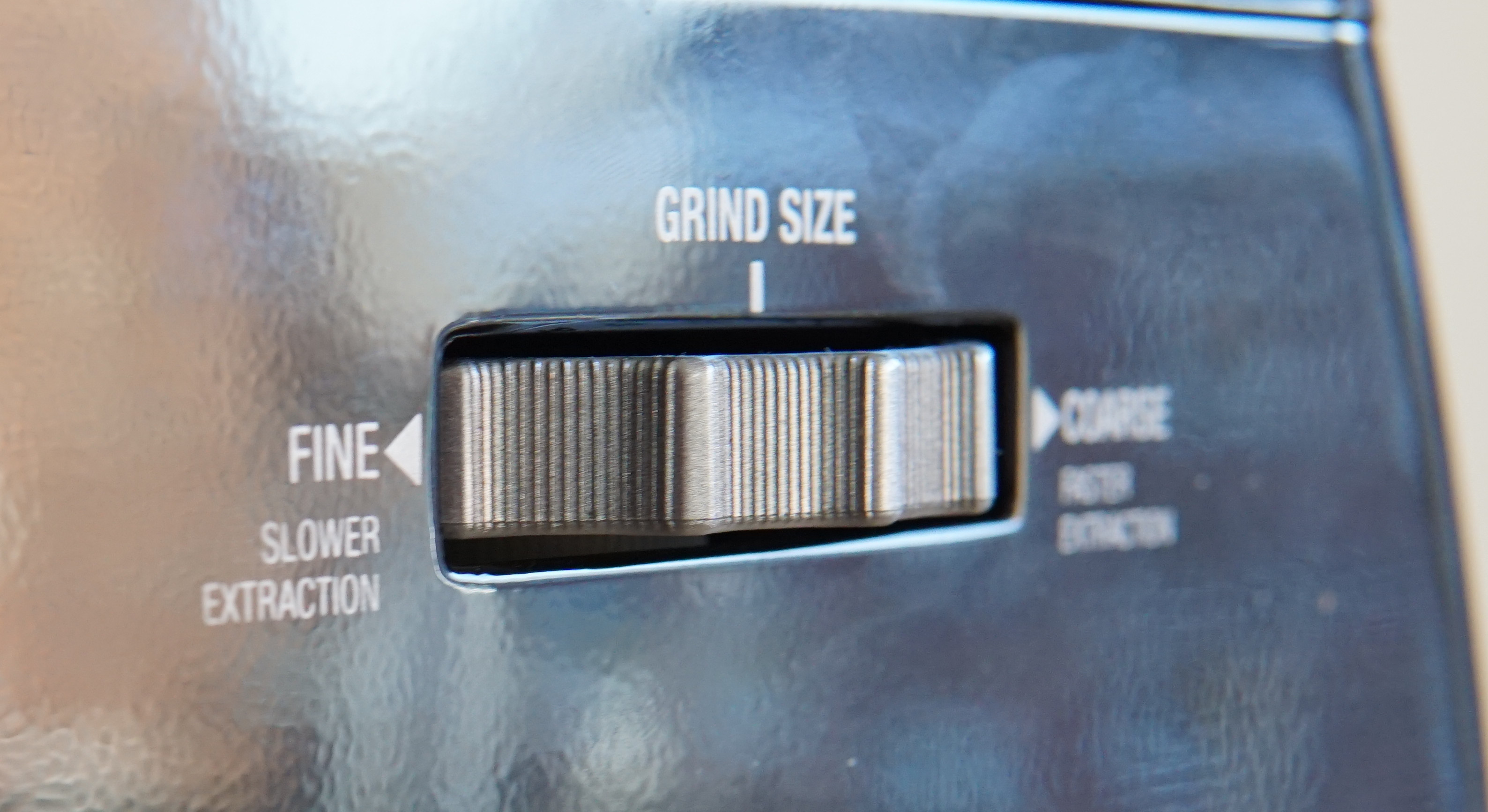Basic Blog Blocks - Caddy Web Server
With a domain and a (virtual) server the foundation is ready, and we can start to serve some basic HTML to our readers. Therefore, we need a web server - meaning a software that can talk to browsers that call our domain. I went with Caddy 2, which is a rather new web server written in Go. The nice part of caddy is that it was developed with encryption via https in mind. So it comes with support for Let’s Encrypt out of the box, no plugins needed. Neat! So how does it look in detail?

The full caddy configuration for my blog looks like this:
|
|
Five lines of config, and the site is reachable via https. All the certificate negotiation with Let’s Encrypt is done in the background. Only make sure you set up a proper DNS A Record for your domain (here for the blog sub domain), otherwise the whole magic won’t work.
Let’s have a closer look at each line.
|
|
This creates a config block that will be applied only to the sub domain blog.ghostletters.xyz. As said before, caddy will automatically try to organize a https certificate for this (sub) domain.
The following 3 lines are pretty self explaining.
|
|
(1) We tell caddy where it finds the actual content of the blog. For testing you can place a text file with Hello World at that location. (2) Tell caddy to gzip the content before sending it to the browser. This configuration is optional, but will save our reader some bandwidth. (3) We want caddy to act as a file server - meaning it should hand out actual files (and not act like a reveres proxy).
The last line is the most interesting one.
|
|
This tells caddy what it should do when there is no exact match for a given path. This is best explained with an example:
- a user clicks a link to this post, for instance:
blog.ghostletters.xyz/posts/2020-1-31_11-00/The part after the first slash is called path. - caddy looks for a file at
/path/to/blog/posts/2020-1-31_11-00//path/to/blogis defined in our config/posts/2020-1-31_11-00/is the path part of the link/path/to/blog/posts/2020-1-31_11-00/leads to folder, not to a file!
- caddy applies the
try_filesrules from left to right- is there a file when we add
.htmlto the path? - No. - is there a file at just the path? - No.
- is there a file when we append
index.html? - Yes! - fallback would be a redirect to the start page. Notice the last
index.htmlis without a path. So this is a file at the top-level, directly in/path/to/content
- is there a file when we add
So from a user perspective the following 3 links are identical, because they all lead to the same file
- blog.ghostletters.xyz/posts/2020-1-31_11-00/
- blog.ghostletters.xyz/posts/2020-1-31_11-00/index
- blog.ghostletters.xyz/posts/2020-1-31_11-00/index.html
In case you wonder why I always use the first version, check out this great post from the legendary Sir Tim Berners-Lee: Cool URIs don’t change
Bonus: This little config makes sure all requests to the domain without the blog sub domain get redirected to the blog. This might change in the future, but for now avoids request that go into void.
|
|
And that is all for today. Go away, now.